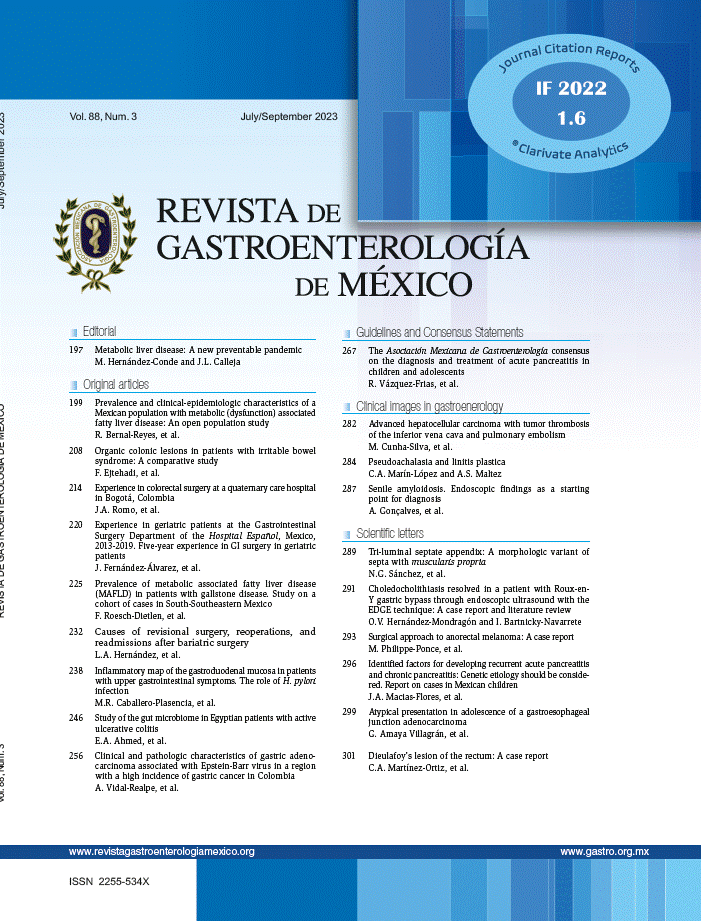In functional chronic constipation (CC), clinical symptoms alone do not enable the prediction of dyssynergic defecation (DD), making the performance of a physiologic evaluation with high-resolution anorectal manometry (HRAM) a necessity. One-third of the patients that suffer with CC present with a defecation disorder, the most frequent of which is DD, with a prevalence between 27 and 59%.1 It predominates in females, presents at any age, and is associated with mood disorders and a history of sexual abuse, contributing to pelvic floor dysfunction.2 The diagnostic criteria of DD according to the Rome IV criteria include symptoms of CC or irritable bowel syndrome with constipation, and abnormalities in the HRAM, balloon expulsion test (BET), and defecography. Treatment with osmotic laxatives and placebo shows a 3 to 30% response rate, whereas biofeedback therapy (BFT) is more efficacious, with effectiveness above 70% at 6 months.3
A 61-year-old man with CC was unsuccessfully treated with fiber, osmotic laxatives, and enterokinetic agents. He reported having severe symptoms, with a score of 98 (range of 0 to 100 points) on the Spanish translation of the Patient Assessment of Constipation Quality of Life (PAC-QOL) questionnaire. The manometric diagnosis revealed type I DD (Fig. 1) and a negative BET. After 6 sessions of BFT,4 the patient corrected the dyssynergic pattern (Fig. 2), presenting with clinical improvement and a score of 21 on the PAC-QOL scale. The present case underlines the importance of studying treatment-refractory patients, diagnosing DD, and referring them for BFT as treatment.







